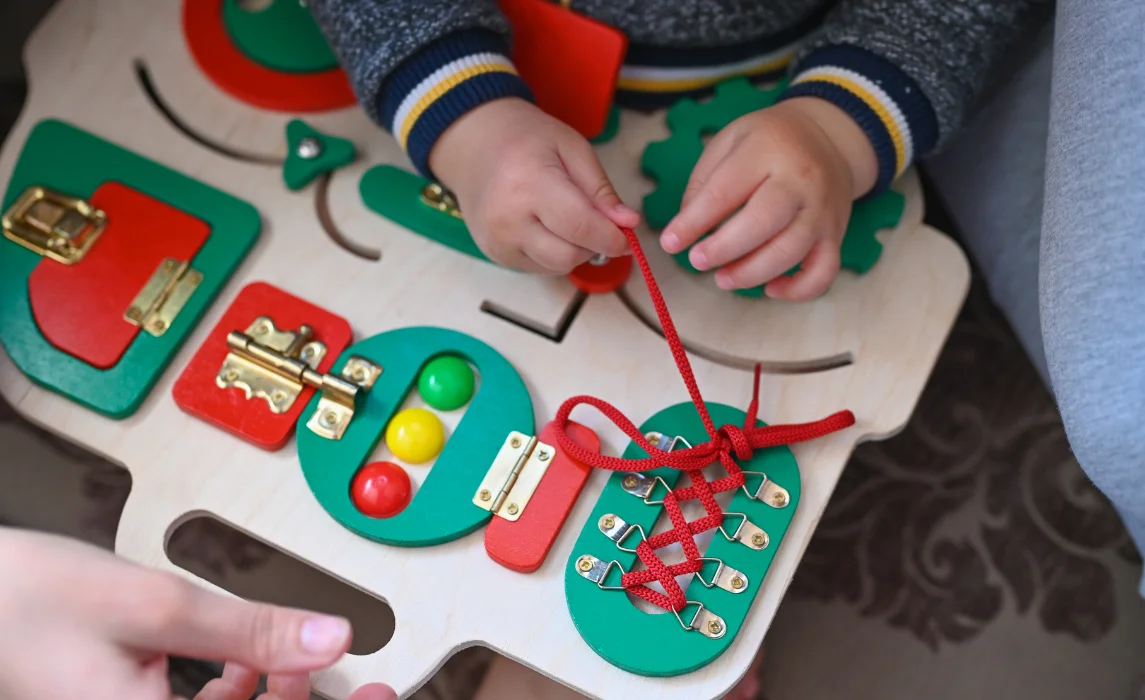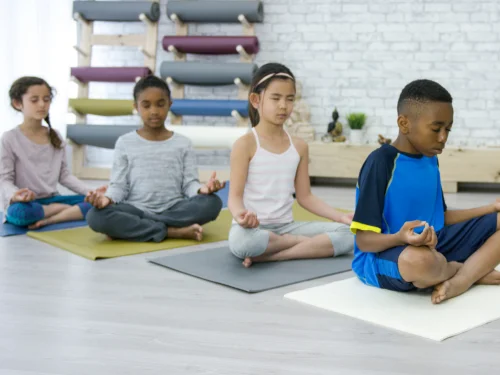51+ Fine Motor Skills Examples: What They Are and Why They Matter

Yes—finger plays, clapping games, and dance routines that use hand gestures all help. Combine rhythm and repetition for deeper learning.
Send home simple activity ideas, kits, or worksheets. Offer short instructions and encourage family involvement. Regular practice builds lasting progress.
Try origami, sticker scenes, stringing pasta, or painting with Q-tips. Crafts that use small pieces build precision and control.
Fine motor skills are the small, precise movements we perform with our hands, fingers, wrists, and sometimes toes and feet. These skills are essential for nearly every aspect of daily life—from getting dressed in the morning to typing on a computer or tying shoelaces. While they may seem effortless, these skills represent a complex coordination of muscles, nerves, and brain function.
Understanding what fine motor skills are—and seeing examples across different ages—can help parents, educators, and caregivers better support children's development.
What Are Fine Motor Skills?
.webp)
Fine motor skills involve the coordination of small muscles, particularly those in the hands and fingers, in combination with visual input. They require:
- Muscle strength and control
- Hand-eye coordination
- Sensory feedback
- Precision and timing
Unlike gross motor skills, which involve larger body movements like running or jumping, fine motor skills are about finesse—picking up a button, threading a needle, or drawing a picture.
Why Are Fine Motor Skills Important?
Fine motor development supports a child’s independence and success in everyday activities. For children, mastering these skills means:
- Feeding themselves with utensils
- Holding a pencil and writing
- Using scissors
- Getting dressed on their own
For adults, fine motor skills are vital for work (e.g., using tools, typing), household tasks (e.g., cooking, grooming), and hobbies (e.g., playing instruments, crafting). In short, life becomes much harder without them.
Examples of Fine Motor Skills in Daily Life
.webp)
Below are common activities that rely on fine motor control:
Self-Care Tasks
- Brushing teeth and hair
- Buttoning, zipping, and snapping clothes
- Tying shoelaces
- Flossing
- Using the toilet independently
Feeding and Kitchen Activities
- Using a fork, spoon, or knife
- Pouring drinks
- Opening food containers
- Peeling fruits or vegetables
- Stirring and mixing ingredients
School-Related Tasks
- Holding and using a pencil or crayon
- Coloring inside lines
- Cutting with scissors
- Turning pages
- Typing on a keyboard
- Gluing and pasting
Play and Hobbies
- Building with blocks or Legos
- Stringing beads
- Solving puzzles
- Playing musical instruments
- Controlling a video game joystick or buttons
- Painting with brushes or fingers
Household Chores
- Folding clothes
- Sorting small objects
- Using keys or twisting doorknobs
- Fastening jewelry clasps
Fine Motor Milestones by Age
Each child develops at their own pace, but here are general milestones to watch for:
0–6 Months
- Opens hands and brings them to mouth
- Grasps objects briefly (e.g., a rattle)
- Swings arms toward toys
6–12 Months
- Transfers objects between hands
- Uses raking or pincer grasp
- Bangs two objects together
- Begins turning pages
12–24 Months
- Uses spoon (with help)
- Stacks blocks
- Points with index finger
- Scribbles with a crayon
2–3 Years
- Strings large beads
- Snips with scissors
- Imitates lines and shapes
- Holds crayon with fingers
3–4 Years
- Copies circles and crosses
- Builds taller block towers
- Uses non-dominant hand to stabilize paper
- Manipulates Play-Doh with control
4–5 Years
- Cuts on lines
- Copies square and some letters
- Demonstrates hand dominance
- Begins writing name
How to Support Fine Motor Development
.webp)
Children strengthen fine motor skills through play, practice, and encouragement. Here are some fun ways to help:
- Tummy time and reaching games for babies
- Squeezing sponges, picking up pom-poms, or transferring rice with a spoon for toddlers
- Playdough, painting, and threading beads for preschoolers
- Q-tip art, clothespin games, or scissor crafts for kindergarteners
No fancy tools required—just time, patience, and creativity.
You May Also Like: How to Tell If You Have Astigmatism: 5 Key Symptoms and Diagnostic Tips
When to Seek Help
.webp)
If a child shows difficulty performing age-appropriate fine motor tasks—like holding a crayon past age 3 or struggling to use utensils—consult their pediatrician. Delays may point to underlying conditions such as:
- Developmental coordination disorder
- Autism spectrum disorder
- Down syndrome
- Cerebral palsy
- Sensory processing disorder
Early intervention and occupational therapy can make a big difference.
You May Also Like: Top 10 Kid Coordination Drills: Fun, Effective Ways to Build Motor Skills
Final Thoughts
.webp)
Fine motor skills may be small in movement, but their impact is massive. From a child’s first scribble to tying their own shoes, these skills help build confidence, independence, and readiness for the world. By recognizing examples and supporting development through simple daily activities, parents and educators can help children thrive—one small motion at a time.
You May Also Like: 15 Impulse Control Activities for Kids: Fun Ways to Build Self-Regulation




